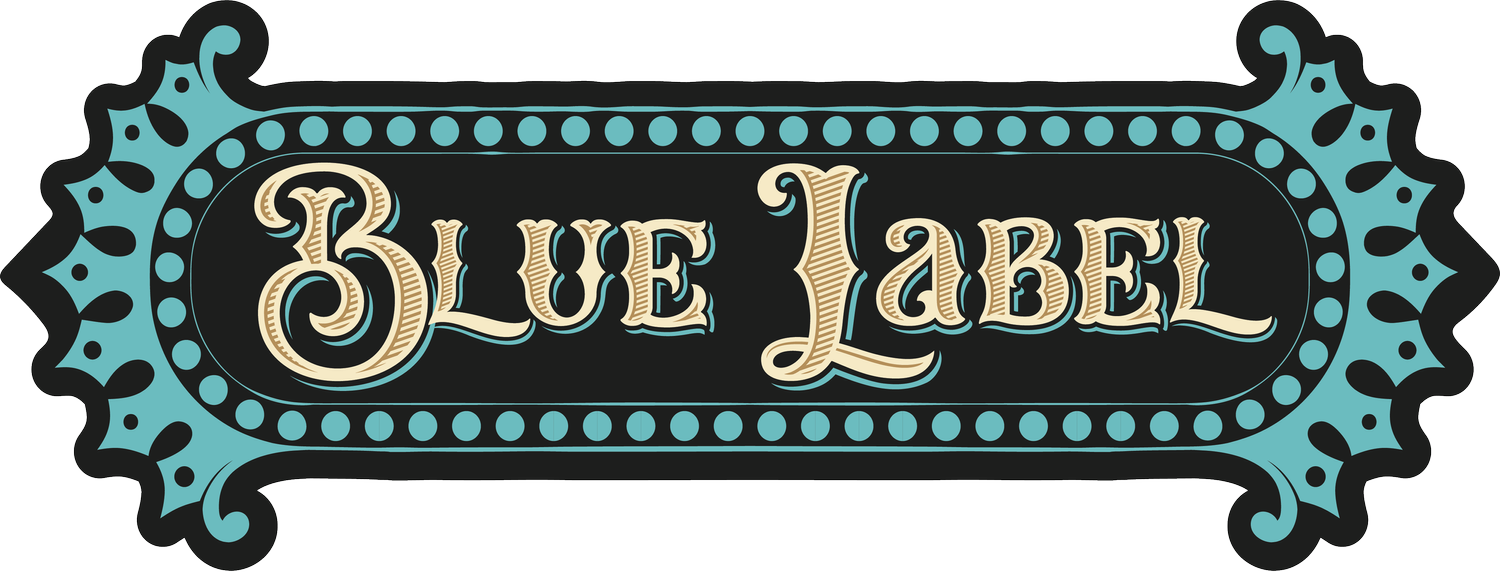The V-Cut Cigar Cutter
Does A V-Cut Make A Difference
Kai Beluso- Aug 2024
A selection of Rocky Patel Cigar V-Cutters.
Precision V-Cut for Perfect Cigar Draw
The V-cutter is a specialized cutting tool all enthusiasts utilize for cutting cigars, unlike the traditional cutter, it creates a distinctive wedge-shaped into the cigar’s cap. The “V” shaped incision goes 1/4 deep while spanning the width of the cigar. V-cutters are praised for their popular design in precision and consistency which exposes more of the surface area filler while maintaining the cigar’s structure. This unconventional design allows for an enhanced draw and flavor concentration.
Innovations In blade Construction
The evolution of v-cutter blade design has revolutionized the cigar experience. Innovative manufacturers have engineered blades with high-quality materials like high-carbon steel and ceramic, ensuring razor-sharp precision. The ergonomics of the blade shape incorporate dual-blades that cut from both sides, creating a symmetrical notch. Some models boast adjustable depth settings, allowing cigar users to customize their cut depth for different sizes and shapes. Nano-coated blades resist corrosion and tobacco buildup, ensuring a clean and consistent cut.
Recent trends in the cigar industry
The serrated “Jaws” v-cutter blade is the newest form of v-cutter in the cigar industry. Designed by Lotus, it has serrations on the cutting edges, allowing it to slice even the toothiest of wrappers. This design promotes a sharper blade and cutter longevity.
Things To Consider When Choosing A Cigar V-Cutter.
Price - When it comes to cutters, you usually get what you pay for. As complexity and steel material go up, so will the price. This is not always the case, but the less expensive cutters will usually dull quicker.
Maximum Ring Guage - V-cutters cut deep! So this is where matching your cutter to the ring gauge of your cigar really makes a difference. If you cut to deep and go past the last cap, you cigar will unravel on you.
Locking Mechanism - These cutters, when opened even slightly, have a pointed tip to the cutting edge. A locking mechanism is always nice to keep it from opening in your pocket.
Spring Loaded Opener - Most of the time if there is a locking mechanism, there will be a spring assit opening. While this is great, it requires a bit of cleaning to keep it functioning well.
Ergonomics - This really goes without saying, if it doesn’t feel right in your hand, you may hurt yourself or not use it as often.
Blade Material - Different steels make all the difference in the world when it comes to edged tools. Make sure to look for polished surfaces, and stainless steel blade material.
Blade Design - Some new v-cutters come with serrated edges. Just like a bread or steak knife, these little scallops on the edge allow the cutter to grab the cigar wrapper more and aides in reducing friction on the wrapper.
Warranty - If you are buying an expensive cutter this sould be a no-brainer, look for a warranty.
Size - When you are selecting you cutter make sure you are within 10 points of range with the ring gauge of your cigars. If you find yourself smoking more lanceros or coronas, we would suggest to look at a straight cutter. The v-cutter, if allowed to seat all the way will cut way too much off the end of your cigar.
To V-cut Or Not To V-cut: That Is The Question
Side view and top view of a V-Cut cigar.
V-cutters can be utilized with any cigar, from its cap design and body shape, on a sharpened blade made with quality materials, ensuring a precise cut. A v-cutter exposes more surface area in the tip of a cigar. Some believe this can either keep down or allow the build-up of unwanted flavors; I will let you be the judge. Most people who choose the v-cut do it for draw reasons, as it gives the cigar a more cylindrical draw, allowing more air into the draw.
With every upside to accessories, there are its downsides. Consider the potentially irritating drawbacks of a V-cutter. An inexpensive V-cutter with cheap steel will dull quickly, say, after around 20 cuts. "Just like" any other cutter, it is essential to maintain the blade’s sharpness to promote a clean cut. Once a cigar cutter becomes dull, say hello to crushing your cigar, tearing off the cap, and ultimately, the unraveling of your cigar.
7 Cigar V-Cutter Pros And Cons
1) Unraveling & Tearing
This occurs when the blades are not sharp enough or if the cigar is not designed for that particular v-cutter. This can damage the cigar, tampering with the experience. Unraveling and tearing can lead to uneven burns and loss of flavor when attempting to smoke. An alternative to keep a cigar from further tearing is cigar glue, this safe adhesive can be applied to the cigar to mitigate further tears when smoked but you would cut out on smoking waiting for the adhesive to dry.
2) Cap Failure
There is a high likelihood of cap failure when using v-cutters on cigars especially if it is not executed correctly. Cap failure compromises the wrapper and leads to unwanted unraveling, resulting in uneven burns and diminished flavor. Another reason for cap failure is that cigars that are more delicate or loosely wrapped cigars are susceptible to v-cutters. To mitigate cap failure and additional tears is important to have a sharp quality cutter while employing a gentle, steady motion when cutting to preserve the cigars' integrity.
“The tool is only as effective as the skillfulness of the hands that wield it.”- Joshua Ibiyinka
3) Different Vitolas and Ring gauges
Although this is a popular cut, this particular cutter faces challenges with various cigar sizes. From the fixed depth, most v-cutters can be problematic for cigars with smaller ring gauges, this can lead to deeper cuts than usual and wrapper damage or an excessive loose draw. For larger ring gauges, small v-cutters may need to provide more depth, resulting in a smaller opening, tight draw, and reduced enjoyment.
Figurados, such as torpedos or perfectos, can be tricky, as their tapered heads may need to align better with the v-cutter's design. Petit coronas and lanceros might suffer from over-cutting, while large 60+ ring gauge cigars could be left with an inadequate opening. This lack of versatility often necessitates cigar enthusiasts to own multiple cutting tools, an added expense. Additionally, the nature of the v-cut only sometimes allows for adjustments after the initial cut, or cigar construction, limiting the smoker's control over their different cigar sizes and shapes.
When picking out a v-cutter consider the vitolas you favor the most and designate a cutter for it. Different cigars can make all the difference when utilizing when the time comes.
4) Diamond Cut
An example of a properly executed "Diamond Cut" on a cigar.
This is a stylish cut when done correctly. Many people do this on larger cigars with standard sized cutters and have great success. If done incorrectly, this cut can lead to more issues like the unraveling of the cigar, thus ruining your experience.
5) Bitter Buildup
When using a v-cut for enhancing certain flavors, consider buildups of tar and oils from the head of the cigar, which can leave a bitter taste, causing an unwanted experience. From the notch of the cigar cutter that creates a deeper channel, some smokers may find an overpowering bitter buildup that detracts from the original flavor of the cigar. Experienced cigar smokers begin with a shallow cut and then gradually go deeper only if necessary. This form not only prevents many of the susceptible issues but maintains the experience throughout the duration when smoked.
6) Issues With A Tight Draw
Another potential issue that v-cutters may help with is a tight draw. By cutting deeper into the cigar, you are exposing more of the sides to airflow. This may allow a tightly rolled cigar to have enough area to promote a better draw.
7) Pickiness
Although they are favored amongst many in the cigar community, v-cutters may not be a choice for cutting cigars for many with particular preferences. Many think the design of a v-cutter has a limit and makes it a challenge to fine-tune their cut depth or style. For those who enjoy various brands and vitolas, this poses an issue due to the operator’s performance across different cigars. Overall, the individual’s pickiness is based on personal preference and on an aesthetic aspect. Other enthusiasts find the v-shaped notch less appealing in the mouth than a clean straight cut or punch.
I hope this information helps you navigate this complex and very personal choice. In the long run, you should consider getting a less expensive cutter and trying it out, or even borrowing a cut from your local cigar store the next time you are in.
Till next time,
Hope to see you in the lounge!
Kai-




